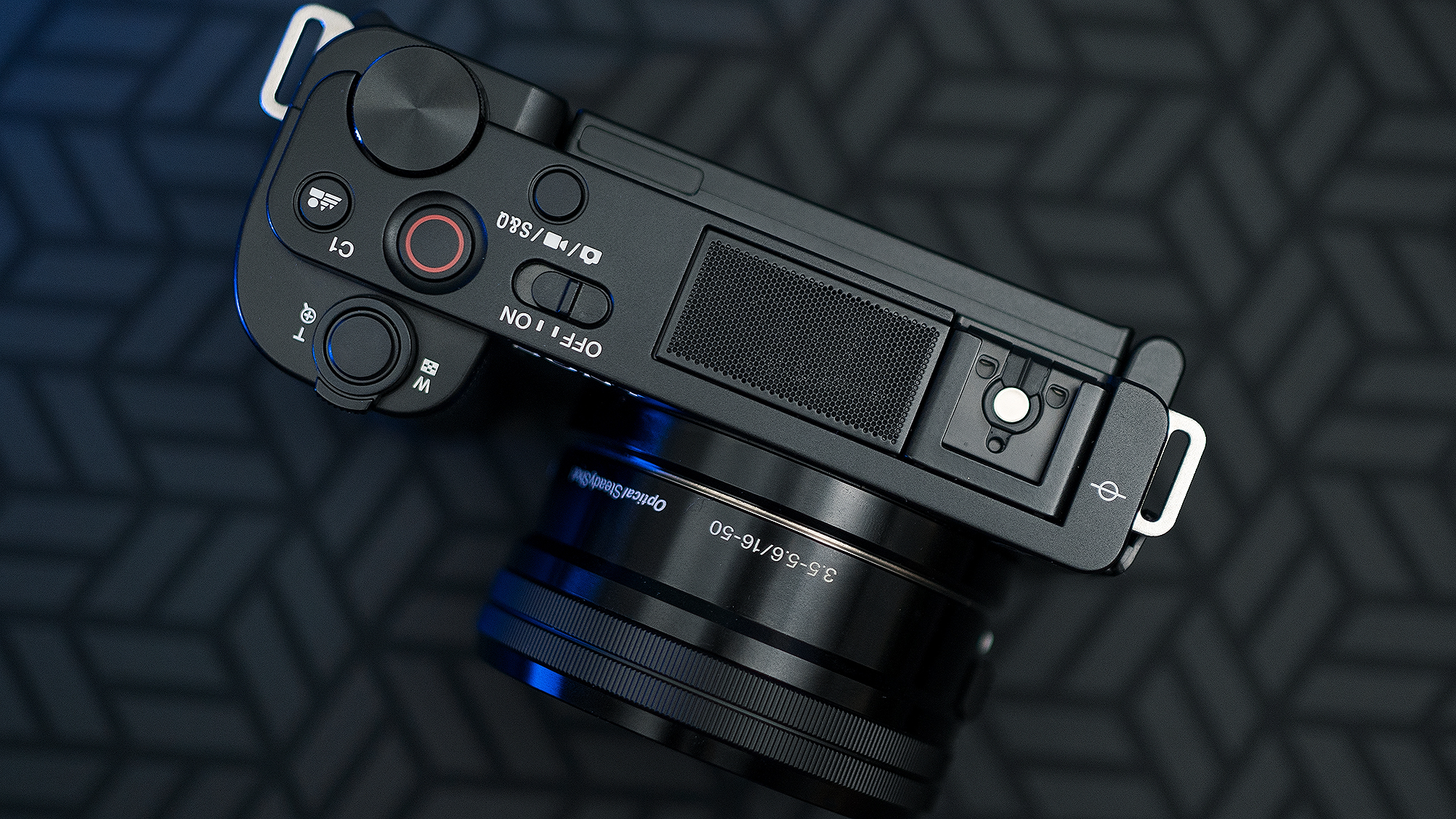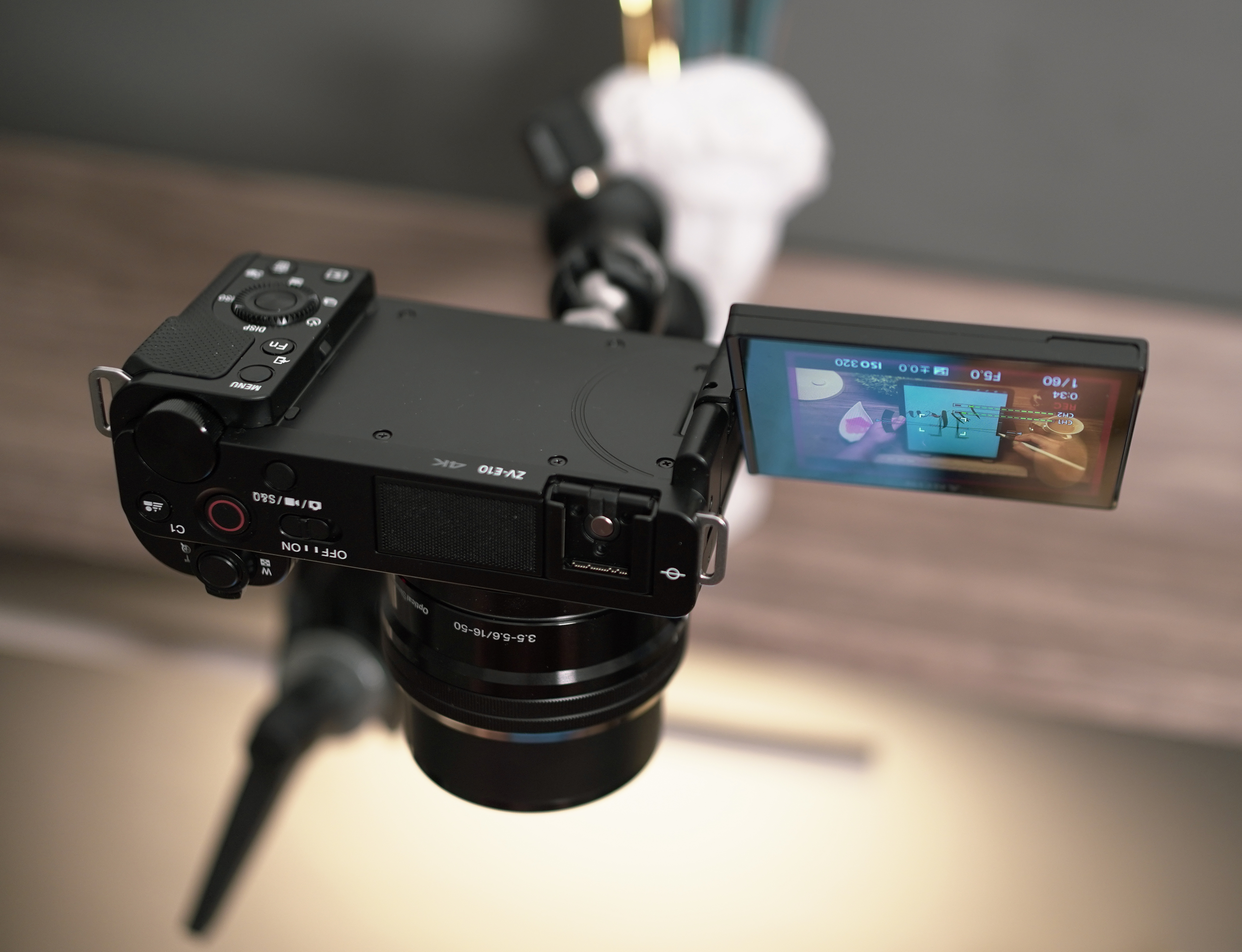Sony recently released the ZV-E10, an entry-level interchangeable lens APS-C camera that supposedly expands the capabilities for beginning photographers, videographers, and vloggers. What can it do, and who was this camera made for?
The Sony ZV-E10, in my opinion, came at a rather beneficial time. For one, many Sony users are awaiting the arrival of the next a7 series camera, while at the same time, casual vlogging and content creation are getting more and more popular. Over the pandemic, there has been a huge growth in the number of people trying out vlogging, starting YouTube channels, doing live streams and podcasts, and posting videos on TikTok. Given all of the implications of that in terms of camera tech, let’s see what the ZV-E10 offers to these different users.
Build, Design, and Implications
The ZV-E10 comes in the familiar form of Sony’s entry-level APS-C bodies but with some significant variations in the layout. Instead of a mode dial on the top panel, there is a mode-switching button that may have some implications on usage. Instead of selecting the specific mode on a dial, this button switches from photo, to video, to S&Q in a sequential manner. To select the specific modes, such as manual, shutter priority, aperture priority, program, etc., you would have to set it in the function menu. This is different from what most photographers are used to; however, it may be beneficial especially to those who shoot both video and stills and use only one specific mode for each.

Alongside the mode button, power switch, and the EV dial are two interesting buttons that we’ve seen on more recent Sony cameras. First is a dedicated video record button that has been well received by Sony a7C and ZV-1 users, and the automatic background defocuses (or fondly called the auto-bokeh) button, which prioritizes the widest aperture regardless of what mode is being used. Of course, it comes with a three-capsule directional microphone that seems to perform better than most built-in mics, and a hot shoe as well.

On the rear panel is a 3.0-inch vari-angle flip-out screen, a screen format that has been becoming a standard for any camera designed to shoot videos and vlogs. It is accompanied by a familiar thumb wheel, playback button, customizable delete button, a function button, and a menu button. On the side, panels are separate audio input and output ports for microphones and headphones respectively, a USB-C port that serves both as a charging and data interface, and a micro HDMI port for output.
Photo and Video Capabilities
The ZV-E10 packs a 24.2-megapixel Exmor APS-C sensor capable of shooting JPEG and raw stills at a maximum of 11 frames per second. Image quality and performance are very much like what you would be used to in other Sony APS-C cameras in terms of detail and dynamic range.

It can shoot 8-bit 4:2:0 up to 4K UHD video at 30p or full HD at 120p including S&Q mode for slow motion at Full HD 120p. Through external recording, it can record up to 8-bit 4:2:2 at 4K 30p as well. There is virtually no limit of recording time at 4K 30p; however, of course, battery and memory capacity should be factored in. As these sensor specifications aren't entirely new to Sony cameras, it seems that the highlights of the product are more compatibility, ergonomics, and modularity.

General Photography

In application, the ZV-E10 is quite a capable camera for stills. The button layout is a pretty straightforward design that would be friendly for beginners, especially those who would only use it casually. 425 phase-detect and 425 contrast-detect focus points make it easier to use along with spot selection on the articulating touchscreen. The background de-focus mode also comes in handy especially for users who might not know how to achieve the effect manually.
Video and Vlogging
For beginner filmmakers and vloggers, the ZV-E10 is quite a good camera to start with. Shooting 4K 30p at 8-bit 4:2:0 is perhaps not even what a beginner would think about. The vari-angle flip screen does help a lot in terms of shooting from unusual angles, as well as when recording yourself whether handheld or on a tripod. It also features a virtual tally light on the screen as the frame is outlined by a red indicator when recording.

The ZV-E10 is only capable of digital image stabilization on video with a significant crop on the frame. Though it doesn’t give perfectly stabilized footage, it does smoothe the movement of the frame when walking while shooting. If used by vloggers or video creators who demonstrate or unbox various products in their videos, the product showcase mode is a handy feature. Through one press of the button, it increases the sensitivity of the continuous AF to track and focus any object that is placed between the main subject and the camera.

The directional microphone on the top panel is also interesting. It gives a fairly condensed sound with significant sensitivity and can isolate background noise when used in proximity to the source. Alternatively, the option of using external microphones either on the microphone input or through the digital hot shoe expands the capabilities for professional-sounding audio. Audio monitoring is also possible and can be quite beneficial to ensure optimal recording levels.
Livestreaming

Shooting quick video demonstrations and livestreams
User Compatibility Range

Sample tabletop product photo shot with the ZV-E10 and 16-50mm kit
Perhaps what is most remarkable with the Sony ZV-E10 is that it can cater to a wide range of users as a general camera. While the interface and button layout seems to be friendlier to beginners, this is the kind of camera that even advanced users can work with, for example, a photographer starting a YouTube channel or shooting behind-the-scenes footage or stills. While it is an entry-level camera out of the box, it can accommodate more specialized use. Being an interchangeable lens camera makes it usable for a wide range of applications, and its compatibility with external and even wireless microphones takes that even further. On top of all that, the $698 price tag is pretty much icing on the cake.
What I Liked
- Ergonomic button placement
- Flip screen
- Capable microphone with windscreen
- Interchangeable lens
- Adaptive functionality
- Extremely good price considering specs
What I Didn’t Like
- No EVF (but that might be asking too much)
- Plastic external feel







"The ZV-E10 is only capable of digital image stabilization on video with a significant crop on the frame. Though it doesn’t give perfectly stabilized footage, it does smooth the movement of the frame when walking while shooting."
While this is true, the ZV-E10 also has gyro data and therefore the video files can be run through Catalyst Browse to do effective stabilization in post whether you used the stabilization mode on camera or not. Same feature as the A7C has. I really blame Sony for not highlighting this in their press documents to reviewers because so many reviewers/youtubers do not comment on this. Or is it not user friendly enough to advertise?
I have not tried that but Im also puzzled why they dont. I knew about that on the A7C but not for this one so thanks for bringing that up!